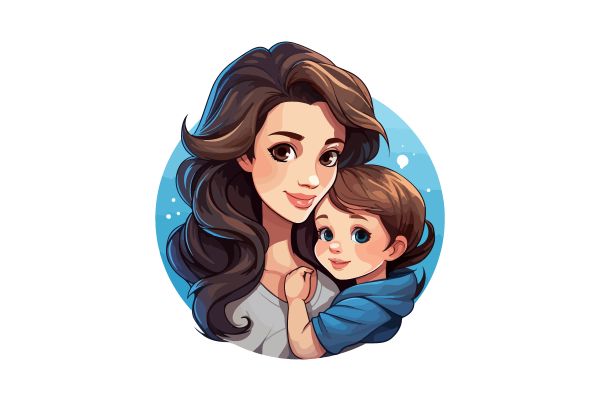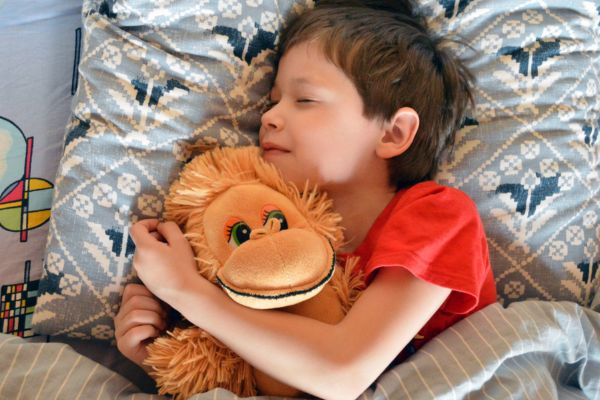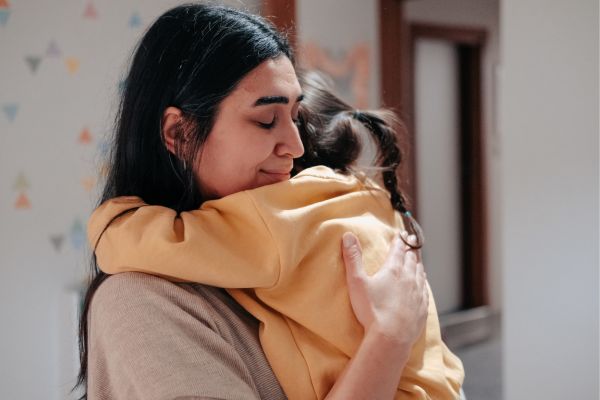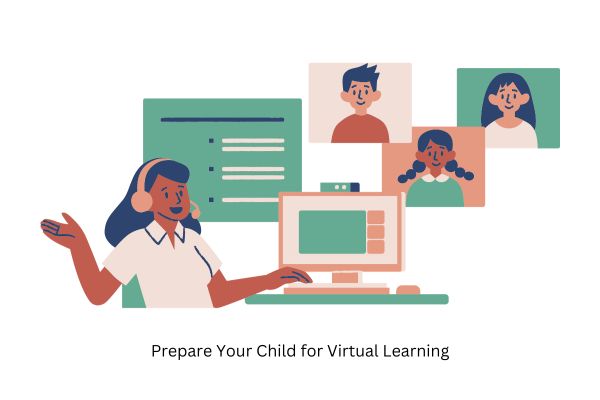A hug can offer a powerful sense of comfort, security, and love in a world that often feels cold and impersonal. This is especially true for children, who are constantly navigating a world of new experiences and emotions. But how much hugging do children need? While there’s no one-size-fits-all answer, understanding the importance of physical touch and its impact on a child’s well-being can help us create nurturing environments that foster their emotional and social development.
The Science Behind Hugs: More Than Just a Feeling

Hugs are more than just a comforting gesture; they have a fundamental scientific basis for their positive effects. When we hug someone, our bodies release oxytocin, the “love hormone.” Oxytocin has numerous benefits, including:
- Reducing stress and anxiety: Oxytocin lowers cortisol levels, the primary stress hormone, promoting feelings of calm and relaxation.
- Boosting feelings of happiness and well-being: Oxytocin activates the brain’s reward system, releasing dopamine, a neurotransmitter associated with pleasure and motivation.
- Strengthening social bonds: Oxytocin is crucial in building trust and empathy and fostering stronger connections with others.
These hormonal responses are significant for children whose brains are still developing. Hugs can provide safety and security, helping them cope with challenging emotions and navigate social interactions.
Beyond the Numbers: Individual Needs and Varying Stages

While the quote “We need four hugs a day for survival, eight hugs a day for maintenance, and twelve hugs a day for growth” by Virginia Satir is often cited, it’s important to remember that this is not a scientifically proven formula. The truth is, there is no magic number of hugs a child needs to thrive. Every child is unique and has their individual needs and preferences when it comes to physical affection.
Here’s a general guideline to keep in mind, but remember, it’s always best to observe your child’s cues and respond accordingly:
- Newborns and infants: Crave frequent physical touch and closeness. Aim for several hugs throughout the day, responding to their cues for cuddles and comfort.
- Toddlers and preschoolers May become more independent and initiate hugs less often. However, they still need reassurance and affection. Be attentive to their nonverbal cues and offer hugs when they seem required.
- School-aged children May become more self-conscious about physical touch. Respect their boundaries but offer hugs and other forms of physical affection when appropriate.
- Teenagers often crave more independence and privacy. Physical touch may become less frequent, but it doesn’t mean they don’t need affection. Look for other ways to show you care, like spending quality time together or offering words of affirmation.
Quality over Quantity: Creating a Culture of Warmth and Connection

While the number of hugs isn’t the sole factor, the quality of physical touch matters significantly. Here are some tips to ensure your hugs are significant for your child:
- Make eye contact and smile: This conveys warmth and genuineness, making the hug more emotionally impactful.
- Pay attention to body language: Be mindful of your child’s cues. If they seem tense or uncomfortable, adjust your hold or offer an alternative form of affection.
- Create a safe and loving space: Make sure your child feels comfortable initiating or rejecting hugs without judgment.
- Combine hugs with other forms of affection: Physical touch can come in many forms, like holding hands, cuddling, or giving a high five. Find ways to express your love and care that resonate with your child’s preferences.
Related: Teaching Your Child About the Mind-Body Connection
Remember, hugs are just one way to show your child you love and care. It’s about creating a nurturing environment filled with warmth, open communication, and respect for their individual needs. By being attuned to your child’s cues and offering various forms of affection, you can help them feel secure, loved, and supported on their journey of growth and development.





